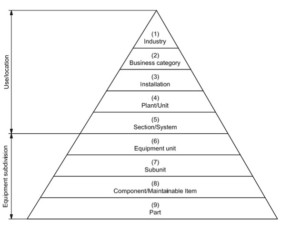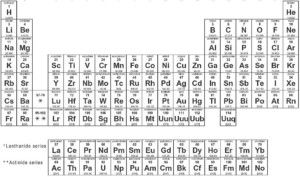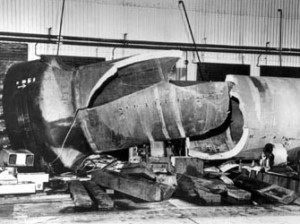
Reliability Centered Maintenance (RCM) is without doubt the most effective method to determine your failure management policies, yet it is sometimes seen as an expensive and time consuming endeavor used to produce what some (mistakenly) believe they can get from manufacturer recommendations and other sources. The naysayers see it as a “gold plated” approach to a relatively simple challenge – produce a decent maintenance program.
They couldn’t be more wrong! And that error, could get them into a lot of trouble if circumstances align against them. [Read more…]







 Why is that some organization seem to break the reactive cycle and others don’t? After all most organizations have a PM program and some form of a planning and scheduling program right? The key difference between those that do is their ability to use their failure data and systematically eliminate defects and issues from the processes and equipment. This doesn’t mean adding a new PM everytime some fails, which just won’t work.
Why is that some organization seem to break the reactive cycle and others don’t? After all most organizations have a PM program and some form of a planning and scheduling program right? The key difference between those that do is their ability to use their failure data and systematically eliminate defects and issues from the processes and equipment. This doesn’t mean adding a new PM everytime some fails, which just won’t work.


 Ever wonder how some of the worst industrial disasters occur? It is usually the result of multiple failures. Failure of the primary system and failure of the protective systems. Ensuring the protective system(s) are not in a failed state should be of utmost importance to any organization. But how often should we test the protective systems to ensure the required availability?
Ever wonder how some of the worst industrial disasters occur? It is usually the result of multiple failures. Failure of the primary system and failure of the protective systems. Ensuring the protective system(s) are not in a failed state should be of utmost importance to any organization. But how often should we test the protective systems to ensure the required availability?
